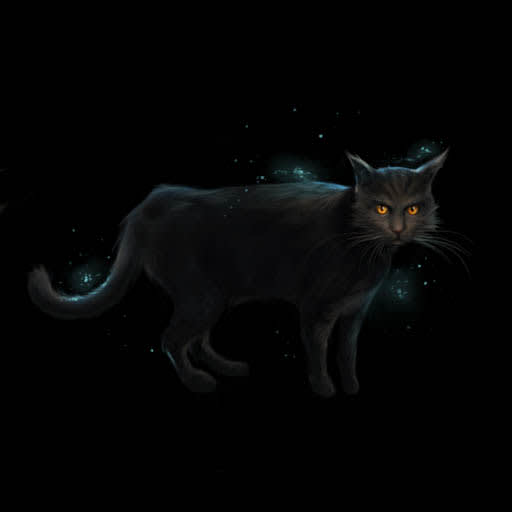
Historically, magic has always raised eyebrows and superstitions, and to this day we’ll always hesitate for a moment if we walk under a ladder or if a black cat crosses our path. (Either that, or we’ll waste ten minutes petting it.)
Thanks to Harry Potter, we now have more positive connotations of magical folk, but it wasn’t always that way. Particularly in the 16th and 17th centuries, witches were seen as a deadly threat to society, which sparked hundreds of years of witch hunts, burnings and more across Europe and America. But how do you even spot a witch? Well, in ye olden days we had a few ideas about that, too.
Being left-handed
Because using your left hand is far less common than using your right, people leapt to the idea that left-handed people must obviously be magical beings from another world. Being a leftie has been linked with witchcraft for centuries, and in more morbid circles is called ‘a mark of the Devil’. Surely left-handed scissors aren’t that bad.
Superstitions have always followed the direction of ‘left’ – such as the left side of the bed being considered the wrong side to get out of, or passing a drink with your left hand being bad luck. Even the Latin word ‘sinistra’, which roughly translates to ‘sinister’ (nothing to do with Professor Sinistra, we hope), originally meant ‘left’, and eventually it became a common misconception that left-handed folk were, indeed, big bad witches.
Black cats
It’s hard not to think of a witch without thinking of a pointy hat, a broomstick and, of course, a black cat. The cat association takes us back to Celtic mythology, where a fairy known as the Cat Sith took the form of a black feline. The fantastical reputation of cats preceded them, and the Pilgrims were big believers that they were bad news, too.
In the realm of Harry Potter, Hermione had a bit of nasty luck with the creatures as well, after some Polyjuice Potion transformed her into a black cat instead of Millicent Bulstrode.
Poor black cats. We just think they’re just misunderstood.

Being a woman
Although men were accused of witchcraft too, if you dared to be a woman it was far more likely you’d be burned at the stake. Sorry, ladies. Witchcraft has always been more associated with female folk, which goes all the way back to Biblical times when Eve bit the serpent’s forbidden apple. A patriarchal society in early modern Europe didn’t help, and many theorists believe women were targeted to create a negative female stereotype, with trials being held to assert men’s masculinity.
Your milk always spoils
You may just be really bad at looking after your milk, OR you might be a whopping great witch. Apparently, those two things are interchangeable. In the 1486 book The Malleus Maleficarum, the extent of a witch’s powers are discussed – things such as causing diseases, blighting crops or flying – but also the very specific power of turning milk sour. So even with all the magic in the universe, you still couldn’t have a good cup of tea? Forget it, then.
Having a birthmark
Freckles, blemishes, birthmarks and scars were considered to be other signs of infernal witchery. That explains Harry Potter’s lightning bolt, then. Instead of assuming they were simply quirks of human skin, witch-hunters during the 1600s took these sort of things to be ‘witch marks’, made upon a person in cahoots with the Devil. Charming.

Having a bad reputation
As you can imagine, if someone bore a grudge against you during the days of the Salem Witch Trials, you can bet you’d be accused of witchcraft by the end of the week. One such sad case was the tale of Sarah Good, a widow who was mired in debt, and thus became a homeless beggar. The people of Salem were quick to turn on her, and accused her of muttering incantations when she was asking for money. She was, in the end, one of the first three people at that time to be found guilty of witchcraft.
Nowadays, thanks to Harry Potter, we’d love to be a witch.


